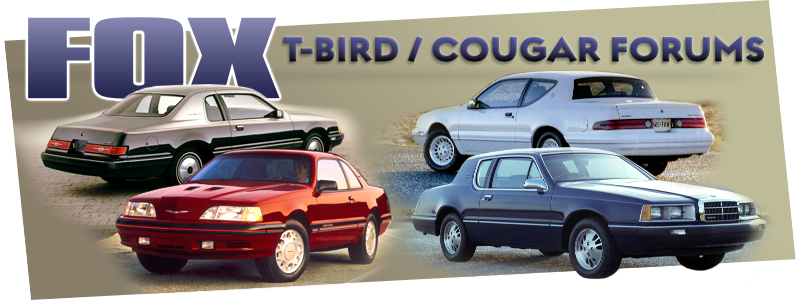Hooligans! 1988 Crown Vic wagon. 120K California car. Wifes grocery getter. (junked)
1987 Ford Thunderbird LX. 5.0. s.o., sn-95 t-5 and an f-150 clutch. Driven daily and going strong.
1986 cougar.
lilsammywasapunkrocker@yahoo.com
 Topic: CNC Router Size (Read 2433 times)
previous topic - next topic
Topic: CNC Router Size (Read 2433 times)
previous topic - next topic
